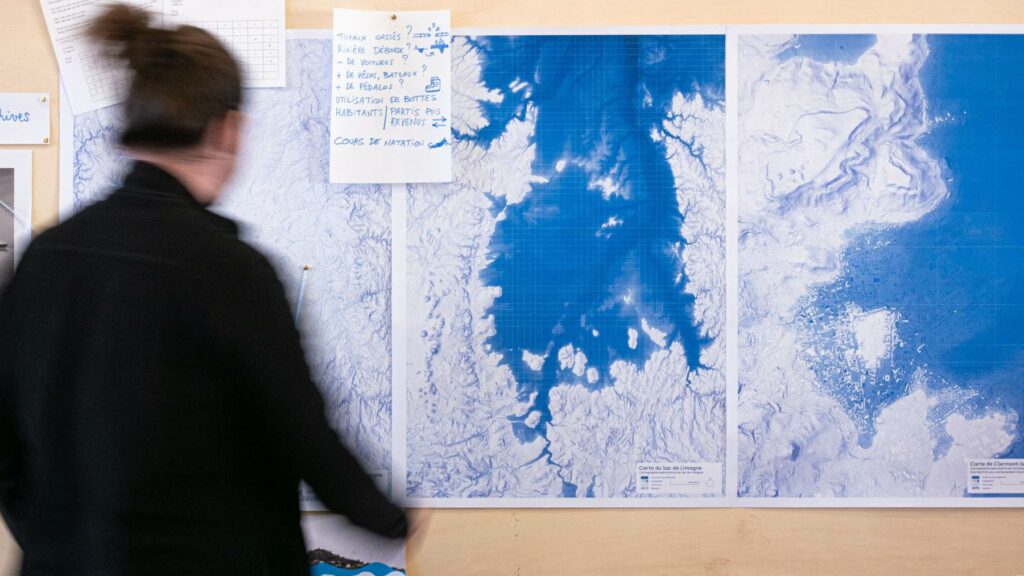Designing and realizing an architectural mediation residency based on walking surveys, linocut and catchment areas, Pixel [13] + Ensa Clermont-Ferrand + DRAC Auvergne Rhône-Alpes + Collectif Supercali, 2025
The twin residency L’architecture à petits pas (Architecture in Small Steps) consisted of five weeks devoted to working with master's students at ENSA Clermont-Ferrand, secondary school pupils at Collège Albert Camus and children at Centre Mercœur on the themes of architecture, urban morphology and the wider landscape. An exhibition of the results was on display at Ensa Clermont-Ferrand from 12 June to 12 July 2025 under the title Linogravée.
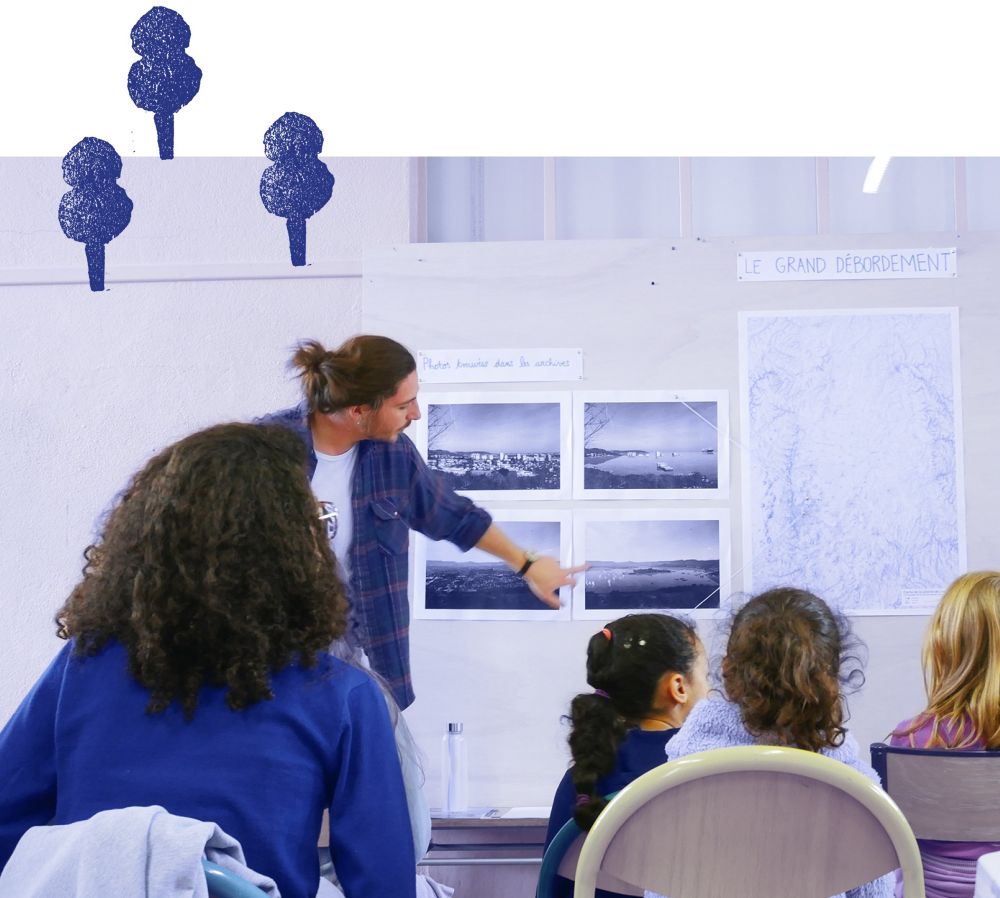
Centered around the creation of a link between the higher education institution and its neighborhood, the residency supported by the DRAC and Pixel [13] enabled us to develop a whole pedagogy articulating walking and linocut. The project Marcher avec l’eau qui court Marcher avec l'eau qui court (Walking with running water) invites different audiences to take an interest in the place of water in the Clermont-Ferrand metropolis. Invisible most of the time, the river sometimes appears and becomes an effective point of view on urban morphology, landscape and architecture.
Divided into several phases, the residency began with a student mediation on linocut and our practice as a collective. This encounter enabled us to refine the temporality and difficulty of the engraving workshops we would later carry out with younger audiences. The illustrations we created, attached to a word, were used to create a game-object: Les Us de l'eau (The Uses of Water).Water-related divinatory cartomancy, the game is also an object of mediation around the cultures of water, which will be amended during the workshops. These meetings were also an opportunity to build bridges between our mediation practice as a group of young practitioners and students working with local schools.
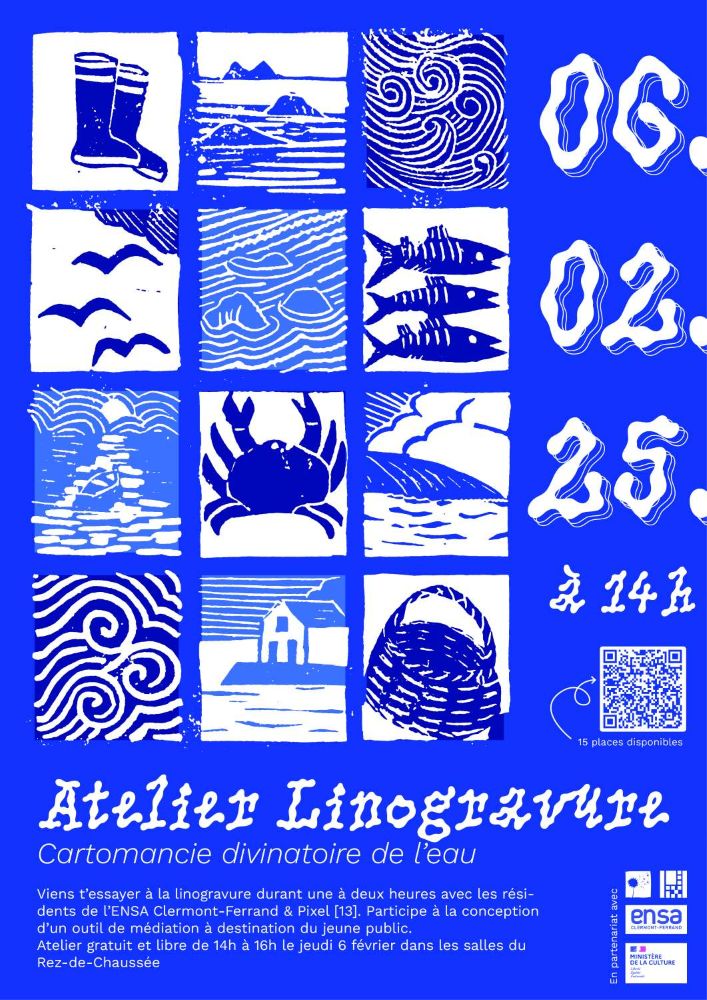
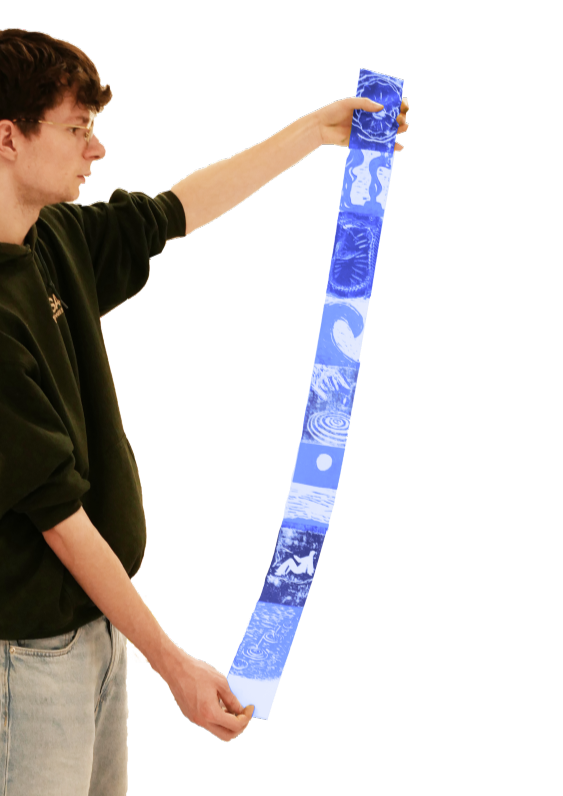
The second phase of the residency focused on the Collège Albert Camus and the 5th3 class.On the first day, the students walked along the Tiretaine river, in the heart of the Clermont-Ferrand metropolitan area.
Although maps attest to their presence, a stroll through the centre of Clermont-Ferrand might convince us otherwise. Drained, channelled and buried, the Tiretaine became essentially an underground river in the 1960s for health reasons. This is not without risk, as sudden flooding could be devastating and affect more than 50,000 people across the metropolitan area.
During this first walk, secondary school pupils were able to take on the many roles that shape our view of urban spaces and landscapes. Acting as urban planners, cartographers, hydrologists and historians, they explored urban areas along the course of the river, sometimes visible but often buried.
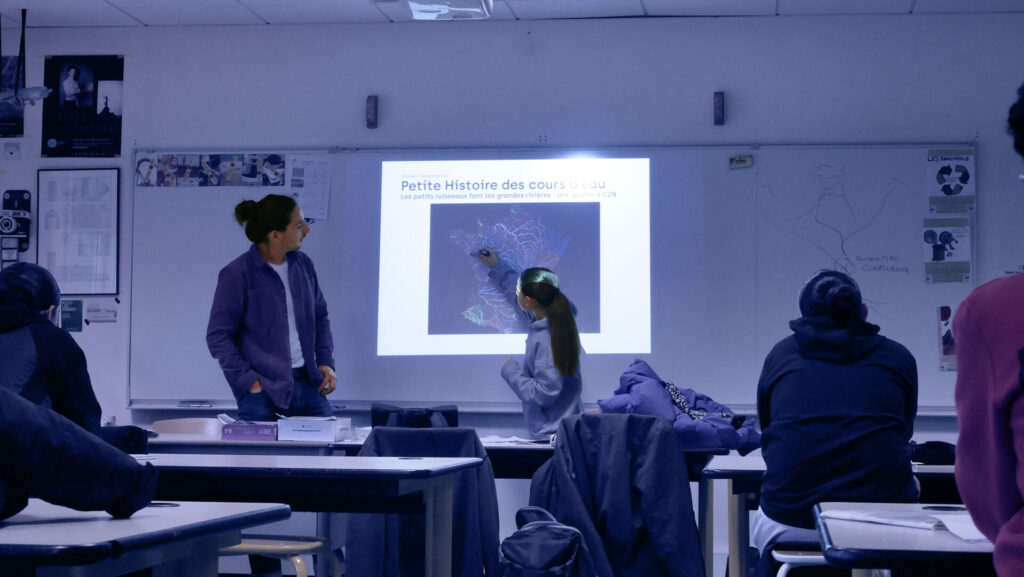
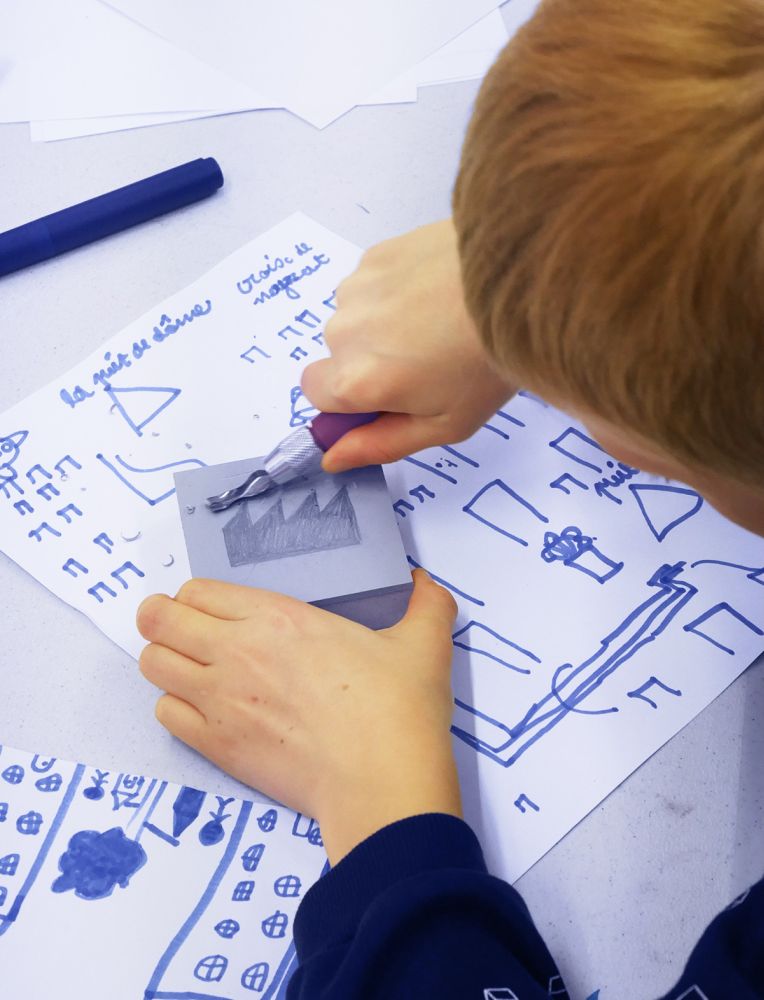
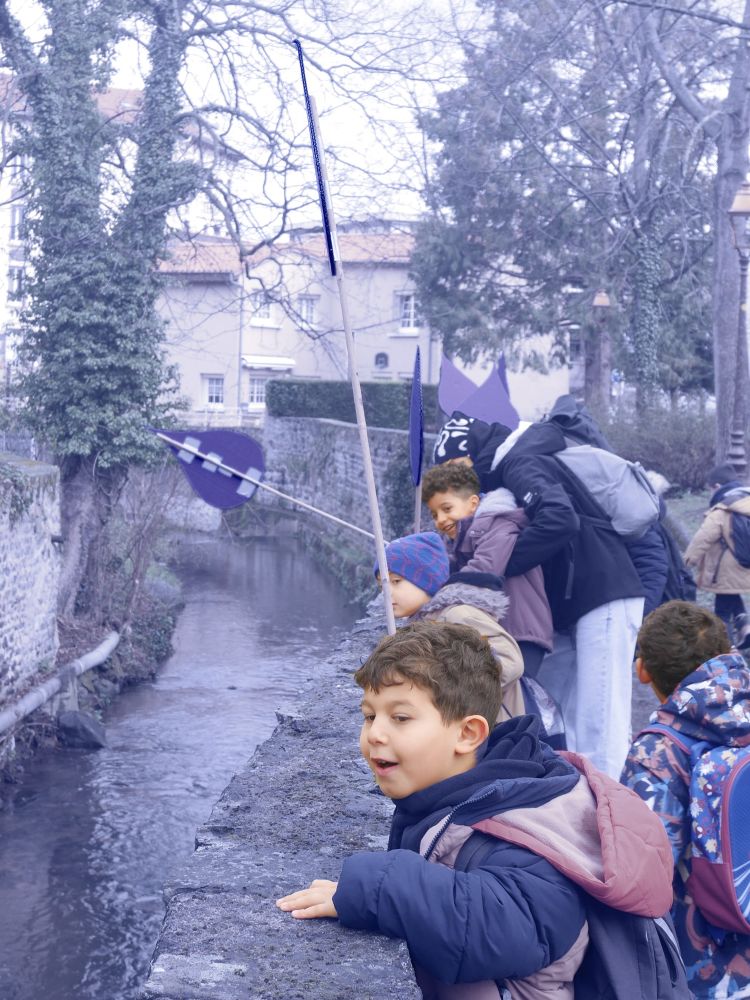
This survey was a starting point for a sensorial mapping of landscapes using linocut stamps. Grouped according to the roles they took on during the survey (historians, hydrologists, etc.), participating students mapped the Tiretaine river. The result is a synthesis of the journey, topics covered, and impressions of the day.
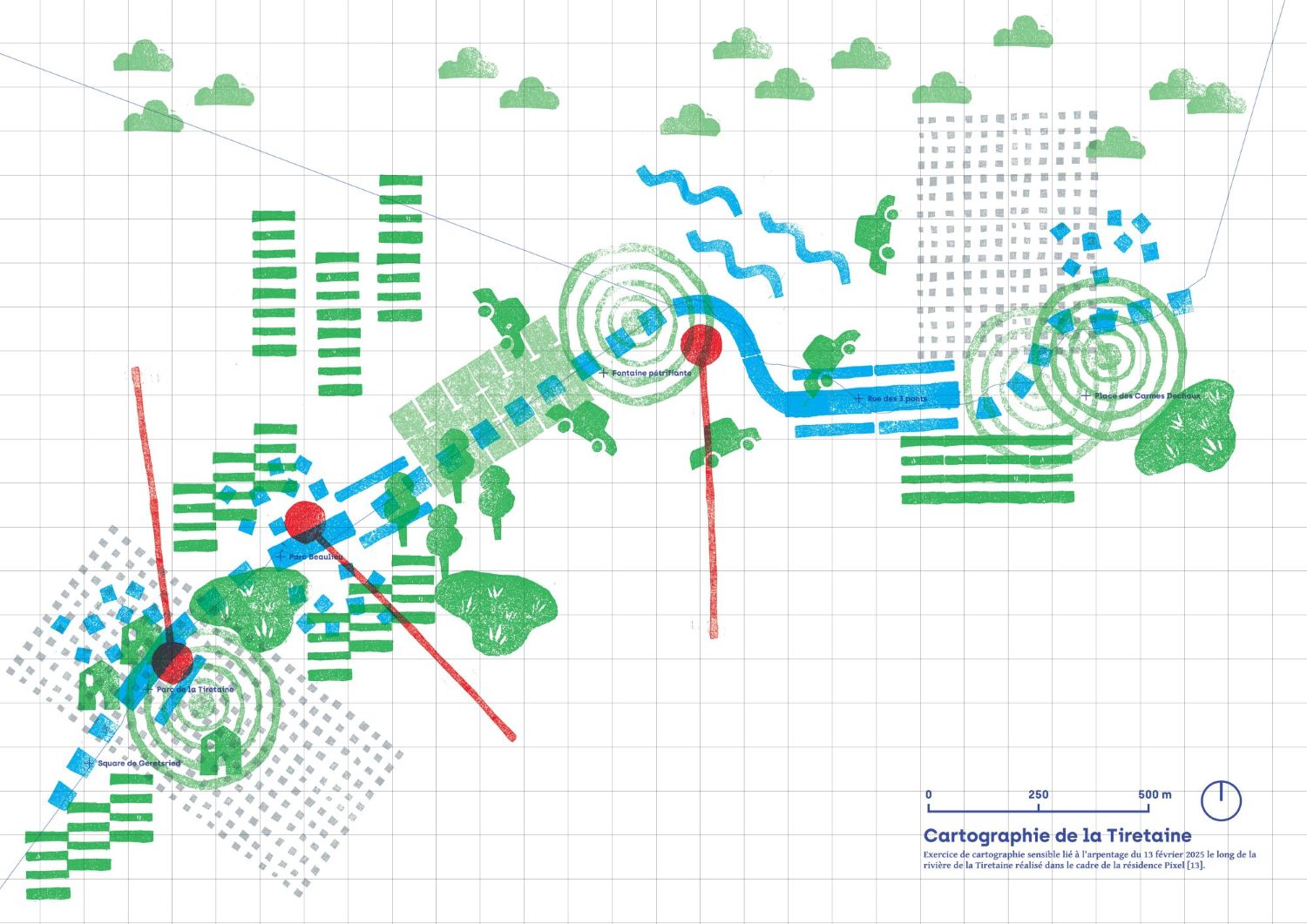
On the second day of the workshop, the intimate relationship with water was explored in greater depth through stories and aquatic uses illustrated in linocuts. These illustrations were compiled with the students' linocuts in a card game.
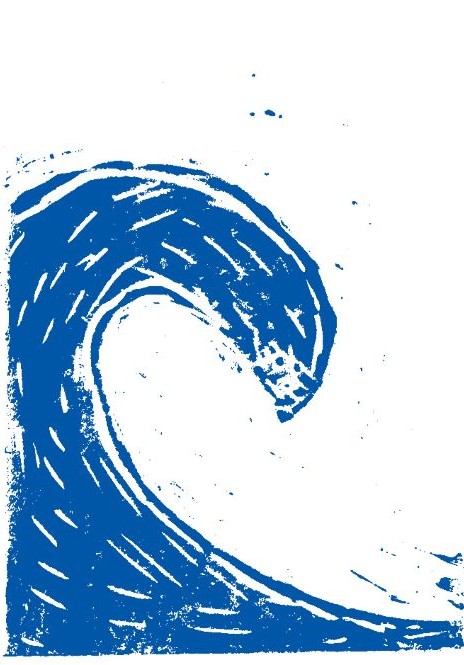
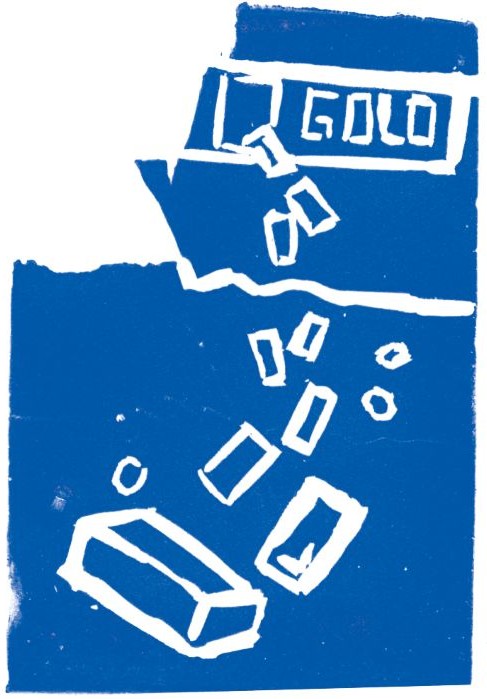
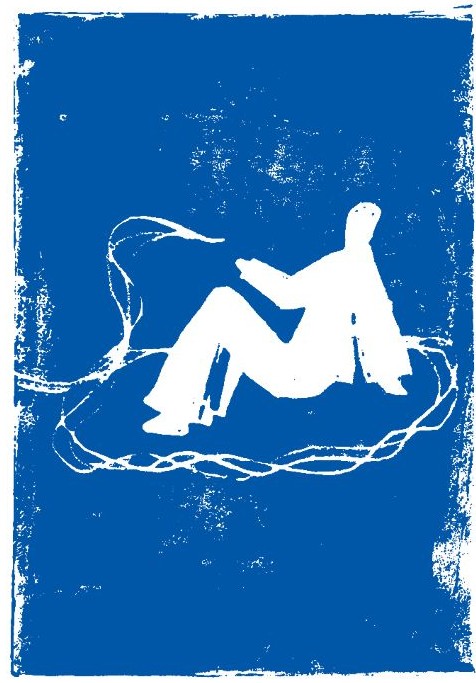
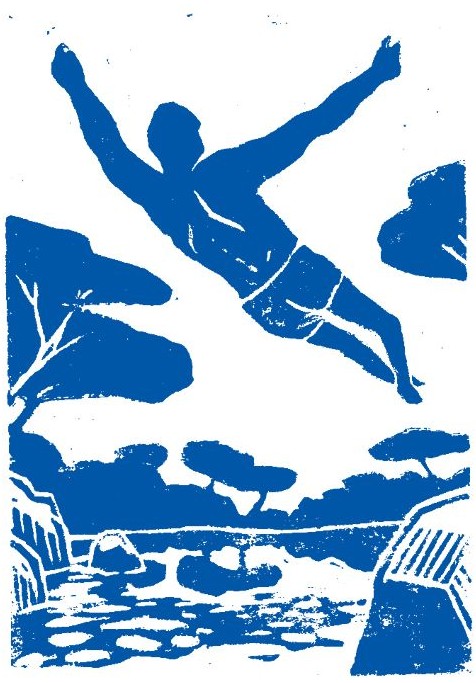
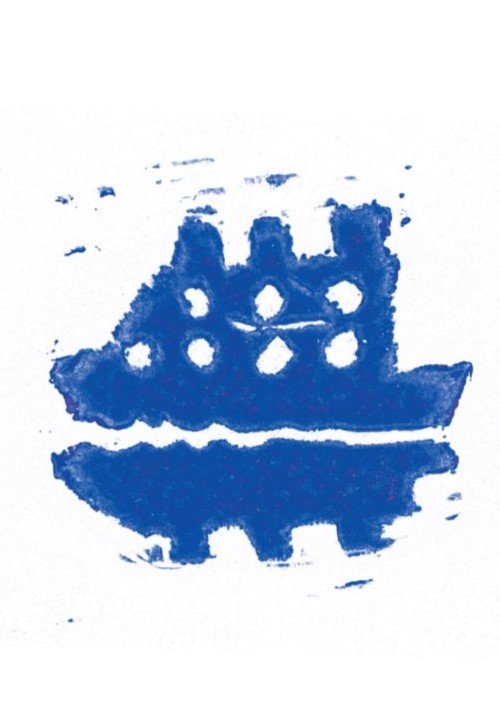
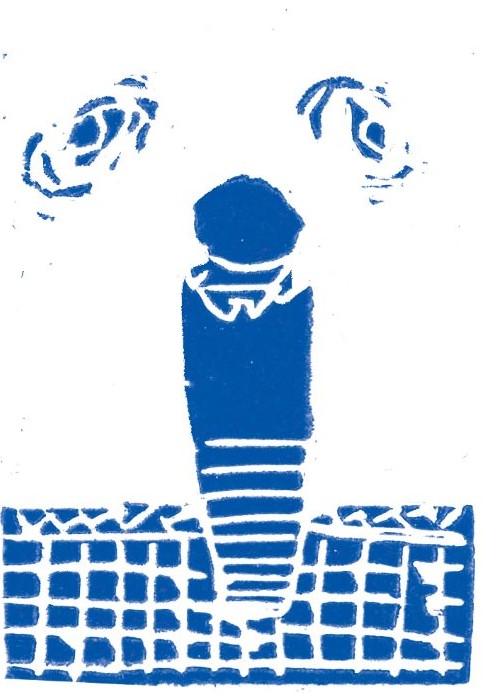
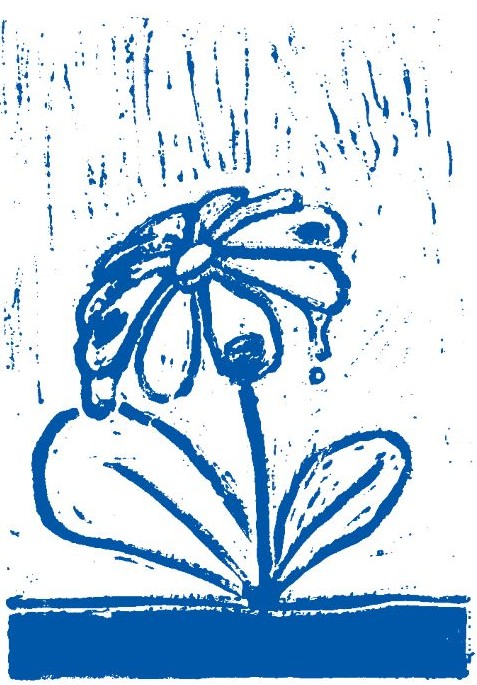
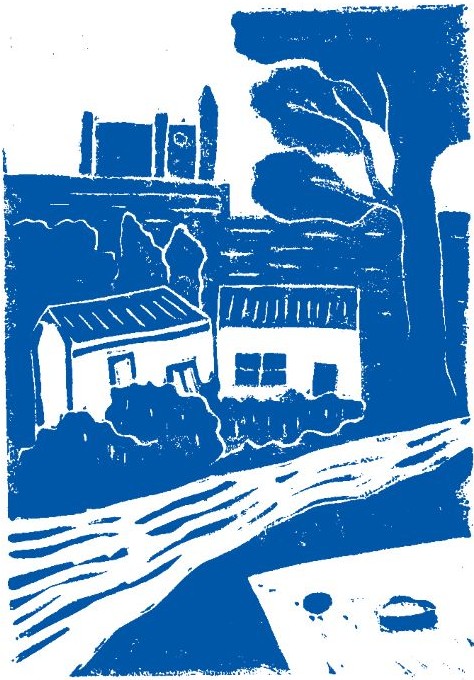
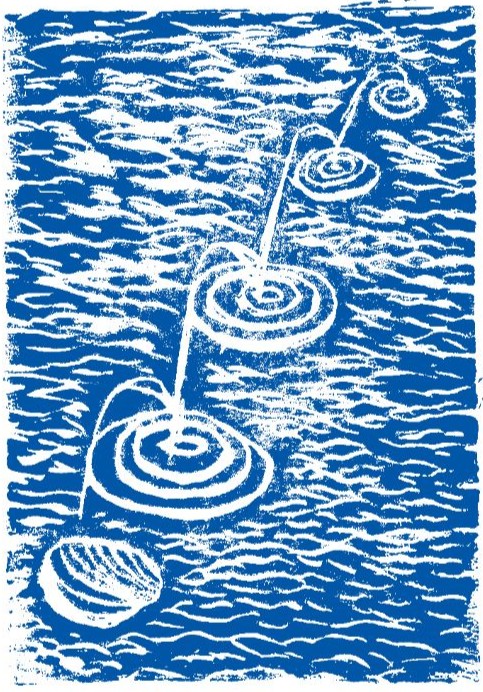
The final workshop of this residency took place over 6 half-days with children from the Espace Mercœur day-care center. The mediation was based on a fictitious scenario of a major flood that would have caused a lake to appear in place of the Limagne Plain.This flood, caused by a continuous monsoon over 5 years, would have gradually reactivated the prehistoric Limagne lake, transforming the metropolis into an archipelago, the architecture school into a jetty and the towers of the Croix de Neyrat district into landscaped emergences. Far from an alarmist scenario, this story is based on fictional accounts and documents of joyful adaptations to this gradual rise in water levels. In the manner of Hayao Miyazaki's 2008 film Ponyo, the great overflow allows us to reflect on our uses, dependencies and vulnerabilities to surface water, while maintaining the dreamlike landscape necessary to tackle these catastrophic-like subjects.
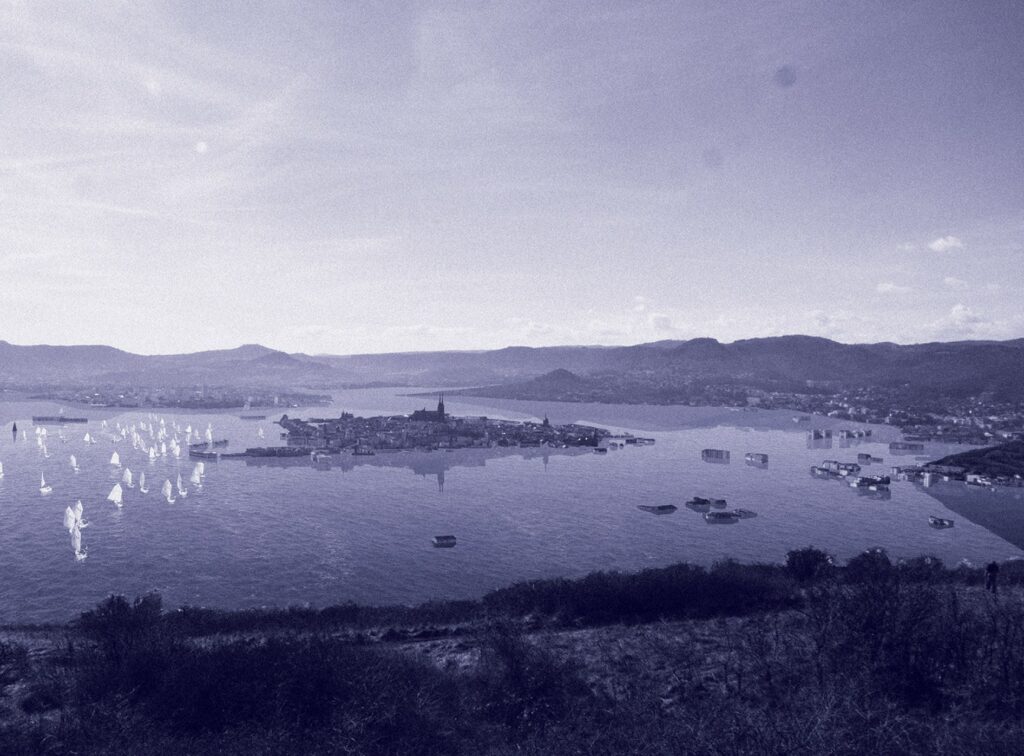
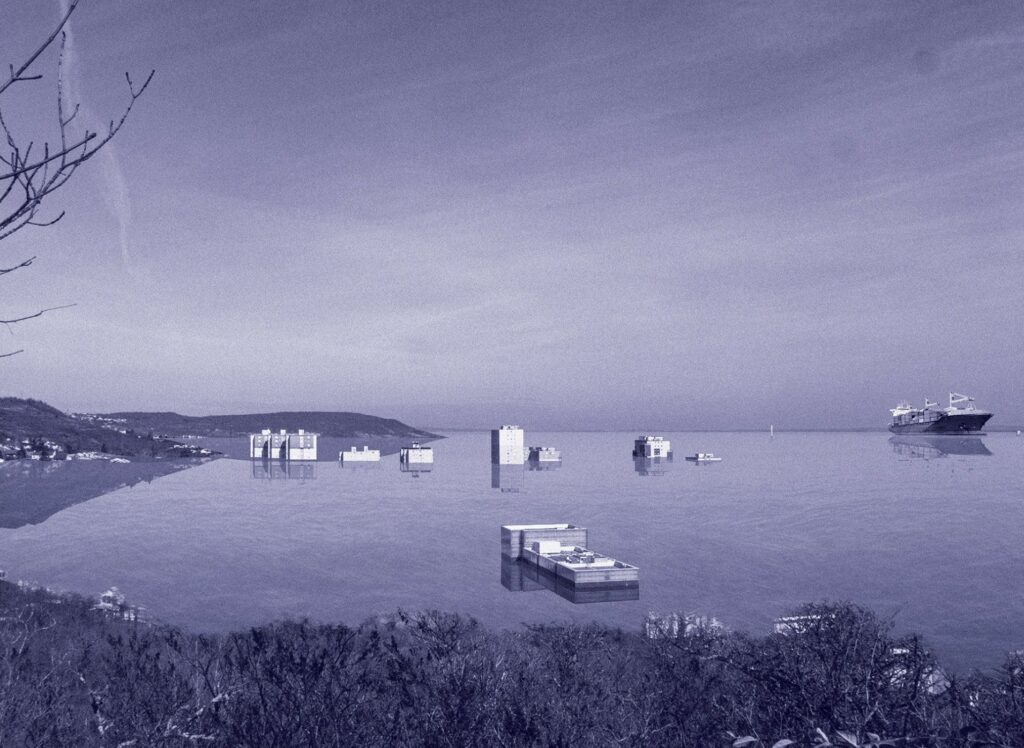
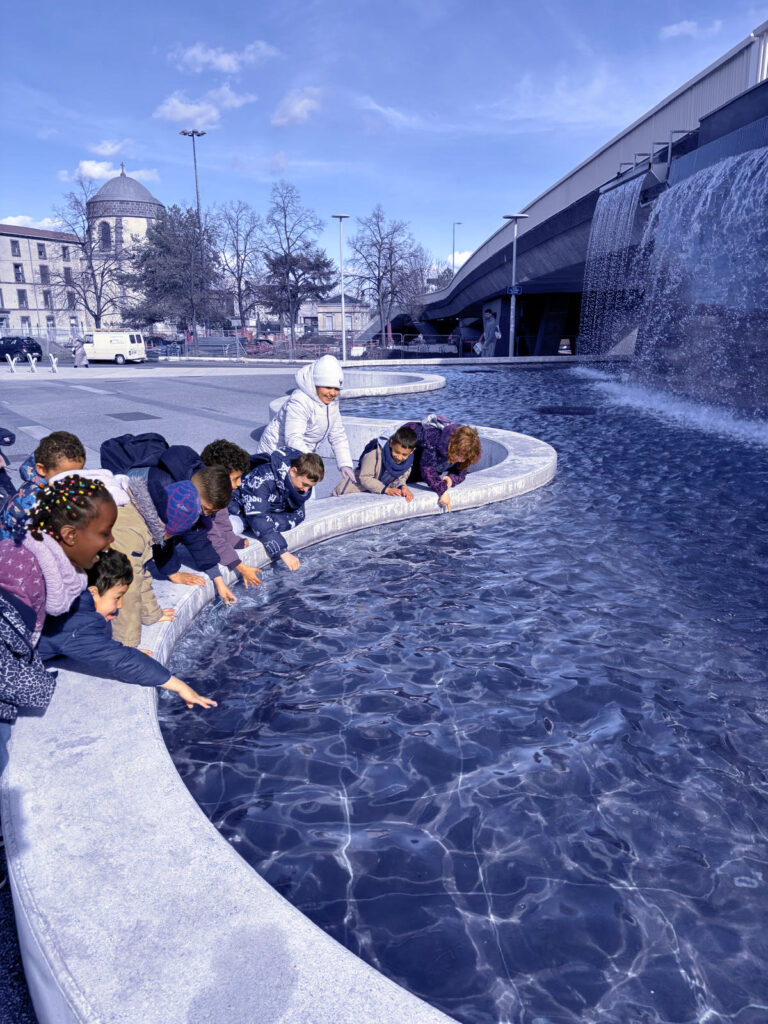
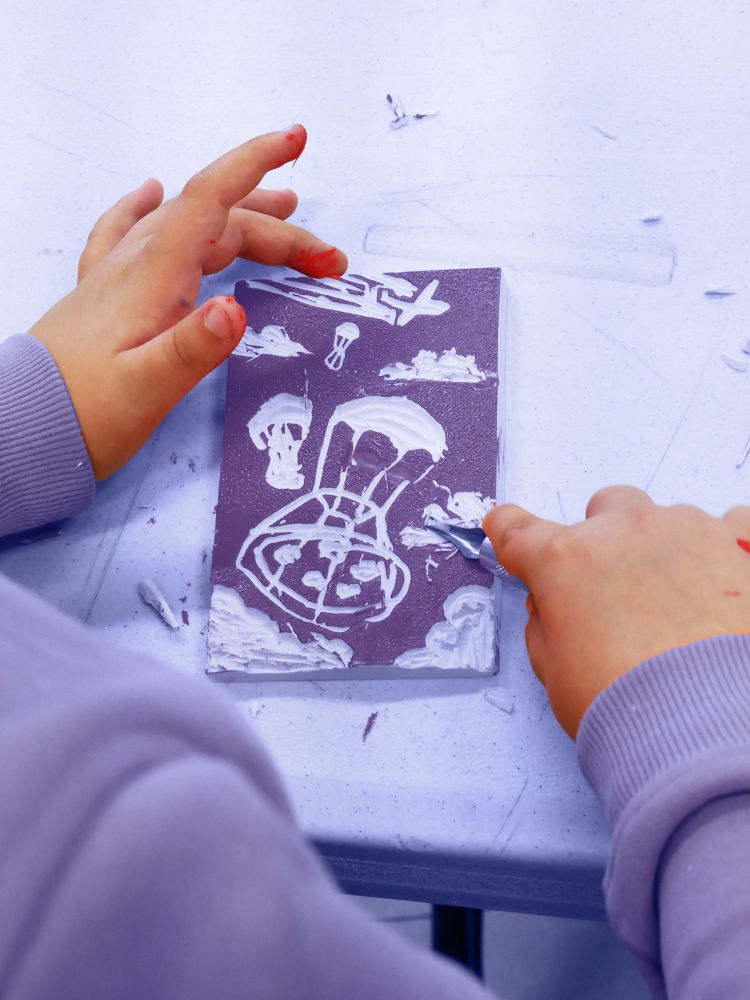
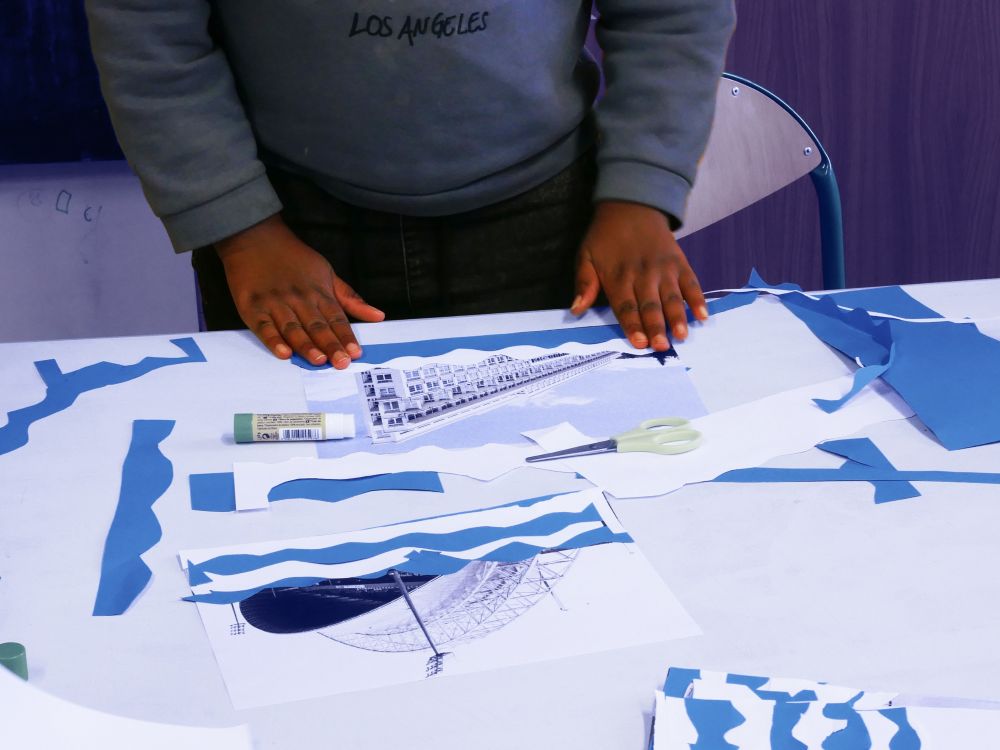
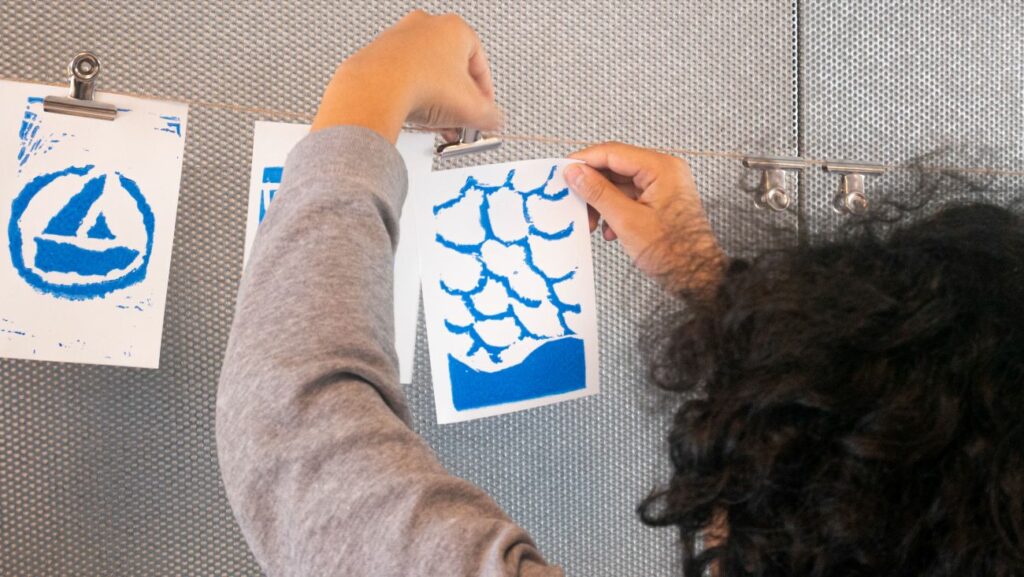
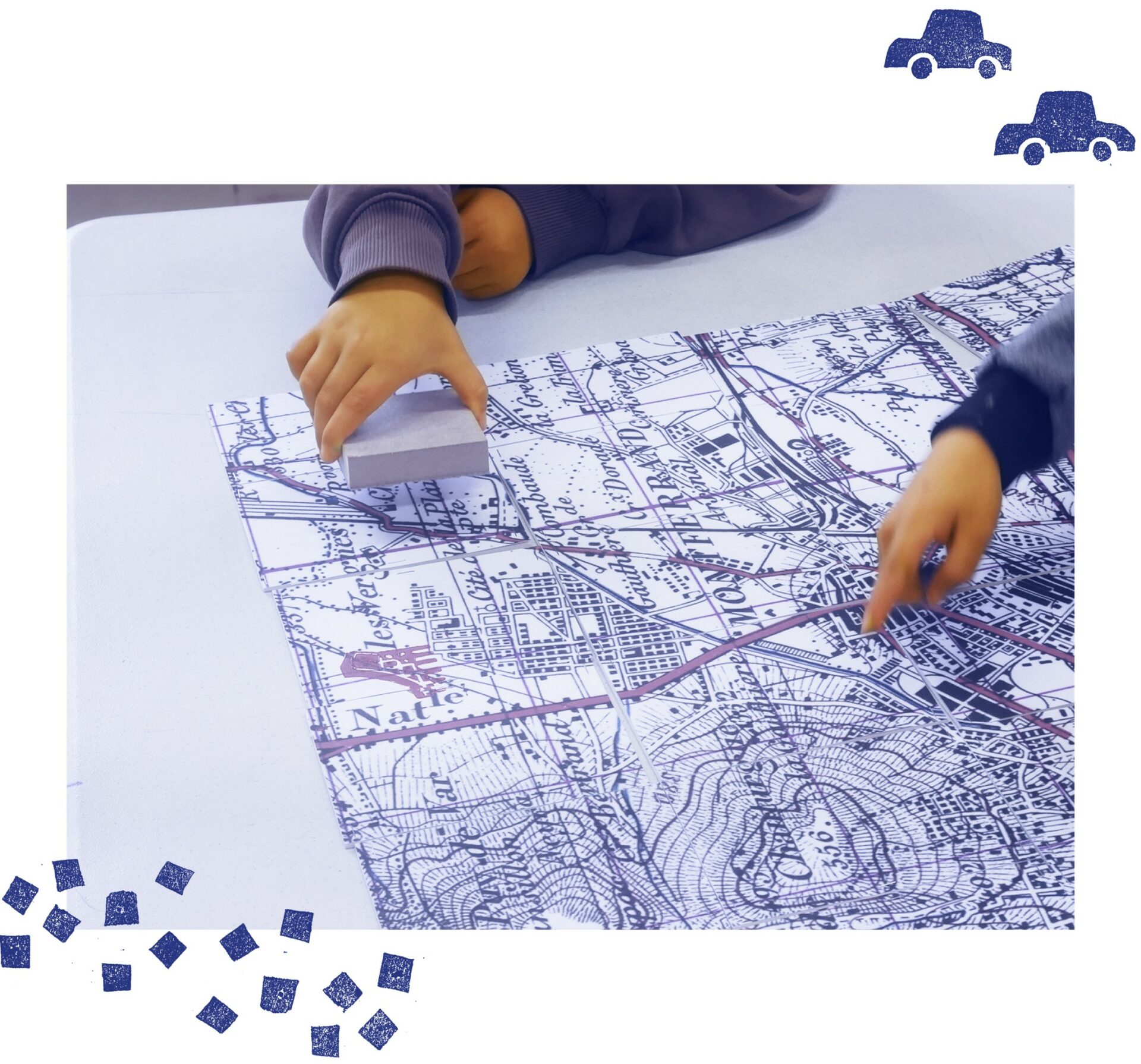
For 5 days, the children investigated this event to determine its causes and consequences, but also to project an acculturation to water. They manipulated recent and ancient cartographies, decoded messages from the past, represented the rising waters in collages, surveyed the river, wrote stories and engraved stamps.
